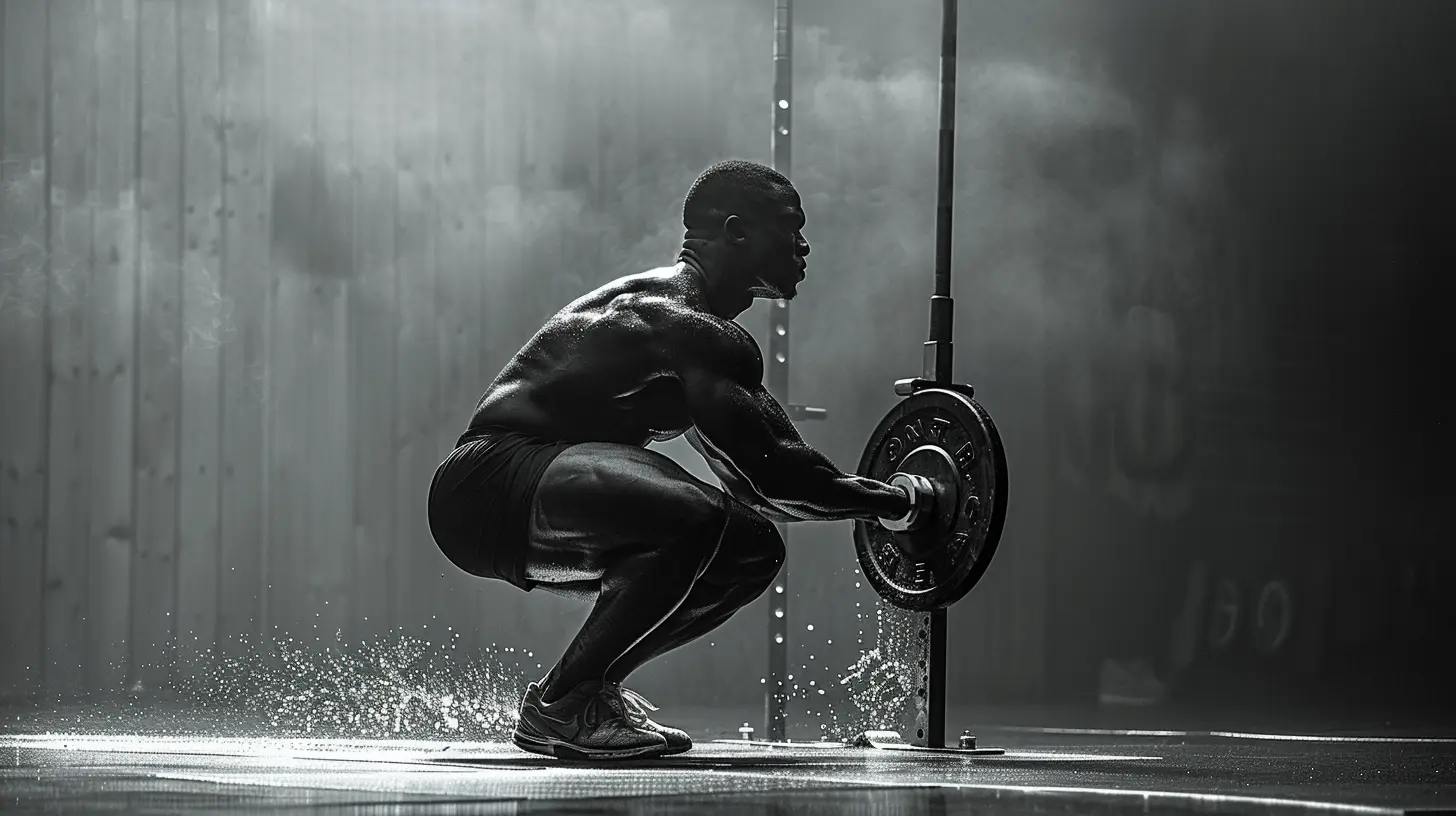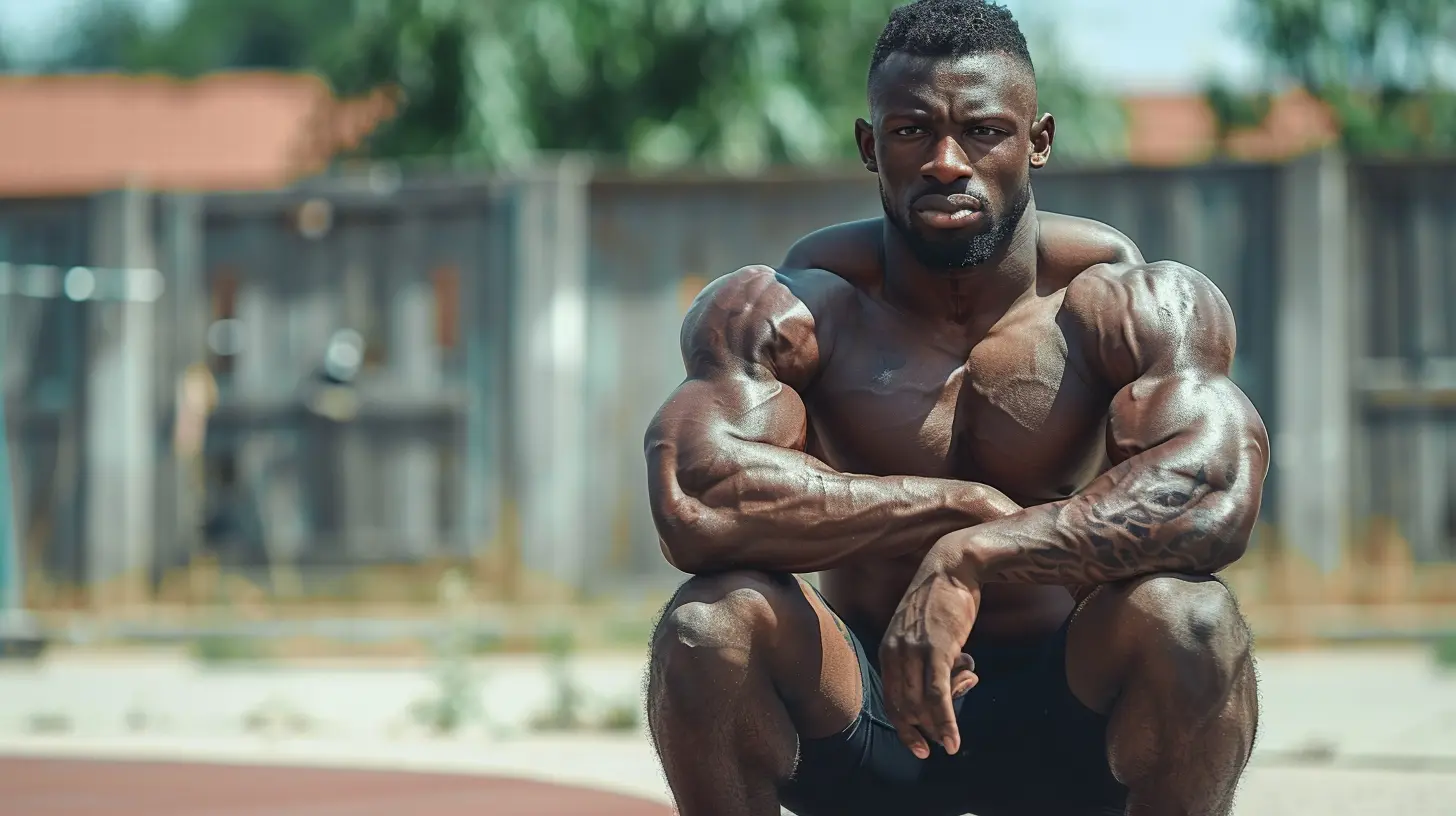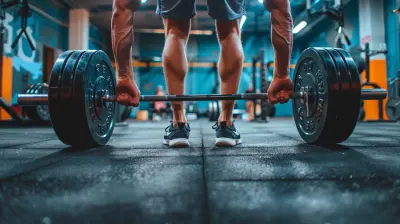Mastering the Squat: Key to Building Lower Body Strength
24 October 2025
If you've ever stepped foot in a gym or seen a fitness influencer on social media, you've probably seen someone doing squats. This fundamental movement isn't just about showing off in the squat rack—it's the holy grail of lower body strength. Whether you're a seasoned lifter or someone just starting, squatting correctly and consistently can unlock a whole new level of performance, strength, and even confidence.
In this deep dive, we're going to break down the squat like you've never seen before. We'll chat about why it's so important, how to do it right, common mistakes, and some pro tips for taking your squats to the next level.
Why the Squat Reigns Supreme
Let’s be real—there are a lot of exercises out there promising to build muscle and burn fat. But out of the thousands of movements, the squat stands tall, and here's why:It's a Compound Movement That Hits Multiple Muscle Groups
You know those exercises that do double (or triple) duty? Squats are the king of that game. When you squat, you're not just working your quads (though they do a lot of the heavy lifting). You're also engaging:- Hamstrings
- Glutes
- Calves
- Core
- Lower back
You're basically recruiting your entire lower half—and even some of your upper body—to move weight or your own body through a squat. It's efficiency at its finest.
Functional Strength for Real Life
Ever tried lifting a heavy box off the ground? Or picked up your kid? That’s a squat, my friend. This move literally mimics everyday actions. Improving your squat means you're training your body to move better, safer, and more powerfully in real-life situations. This is why physical therapists and athletic coaches alike swear by it.
Anatomy of a Perfect Squat
Before we slap some plates on the barbell, let's strip it back to basics. Form is everything. If you squat wrong, not only will you be cheating yourself out of gains, but you also risk injury.Step-by-Step Squat Breakdown
1. Stance: Start with your feet shoulder-width apart or slightly wider. Toes should point slightly outward—think 10 to 30 degrees.2. Brace: Tighten your core like someone's about to punch you in the stomach. Keep your chest up and spine neutral.
3. Descent: Push your hips back and bend your knees at the same time, like you’re sitting down on an invisible chair behind you.
4. Depth: Aim for your thighs to be at least parallel to the floor. Deeper is better, but only if your mobility allows.
5. Drive Back Up: Push through your heels, engage your glutes, and return to the starting position.
Pro Tips for Better Form
- Keep your knees tracking over your toes—don't let them cave inward.- Your back should stay flat throughout the movement—no rounding!
- Eyes forward, not up or down—pick a spot straight ahead and lock in.

Variations to Level Up Your Squat Game
The beauty of the squat is that it's super versatile. Once you've mastered the bodyweight or basic barbell back squat, there are tons of variations to challenge different muscles and break through plateaus.1. Goblet Squat
Perfect for beginners—just hold a dumbbell or kettlebell close to your chest and squat. It helps with posture and gets you comfortable with squat mechanics.2. Front Squat
By holding the barbell in front of your shoulders rather than behind your neck, you force your core to work overtime and shift more tension onto your quads.3. Bulgarian Split Squat
This single-leg version will humble even the strongest lifter. One leg behind on a bench, the other lunges down—insanely effective for balance and glute activation.4. Sumo Squat
Wider stance, toes pointed further out—great for targeting inner thighs and groin muscles.5. Overhead Squat
Advanced, yes, but incredible for building total-body coordination. Holding a barbell overhead while squatting demands serious mobility and strength.
Common Squat Mistakes That Could Be Holding You Back
Squats are simple in theory but tricky in practice. Let’s talk about what not to do.1. Letting Knees Cave In (Valgus Collapse)
It’s a rookie mistake and can stress your knees. Use resistance bands or cue yourself to “spread the floor” with your feet to avoid this.2. Lifting Heels Off the Ground
If your heels come up, it means you're off balance or have tight calves or ankles. Work on your ankle mobility and make sure you’re pushing through your heels.3. Rounding the Lower Back
This is usually caused by poor hip or hamstring mobility. It puts unnecessary strain on your spine. Keep that back straight—always.4. Not Going Low Enough
“Quarter squats” might look impressive if you’re loading up the weight, but they cheat your muscles and can mess up your mechanics. Go deep, or go home.Mobility: The Unsung Hero of a Strong Squat
If your squat feels awkward or painful, chances are your mobility needs work.Key Areas to Mobilize
- Ankles: Limited ankle range restricts squat depth. Try calf stretches or foam rolling.- Hips: Tight hip flexors = shaky squats. Add hip openers to your routine.
- Thoracic Spine: Especially for front and overhead squats, a tight upper back makes it hard to maintain posture.
Adding 5–10 minutes of targeted mobility work before squatting can drastically improve how you move and how much weight you can safely handle.
Programming Squats For Maximum Gains
So, how often should you squat? That depends on your goals.For Strength
- Focus on low reps (3–6) with higher weight.- Rest 2–3 minutes between sets.
- Aim for 2–3 sessions per week.
For Hypertrophy (Muscle Size)
- Use moderate reps (8–12) with moderate weight.- Rest 60–90 seconds between sets.
- 2–4 sessions per week depending on your split.
For Fat Loss/Conditioning
- Try circuits or supersets.- Combine squats with other movements like lunges, jump squats, or kettlebell swings.
Remember, progressive overload is key. That means gradually increasing the weight, reps, or intensity over time.
Nutrition & Recovery: The Secret Sauce
You can squat all day, but if you’re not fueling your body, your results will stall.Fuel Up
- Eat protein-rich foods to support muscle repair.- Don’t skip carbs—they’re your body’s main energy source for lifting heavy.
Recover Like a Pro
- Sleep 7–9 hours a night.- Stay hydrated.
- Allow 48 hours between heavy squat sessions to let muscles recover.
Squats for Every Body
You might be thinking: “But I’ve got bad knees!” or “I’m too old for squats.” Let’s bust those myths.Bad Knees?
Often it’s poor form or weak supporting muscles (like glutes and hamstrings) causing the pain. Start lightweight, focus on form, and consider working with a physio or coach.Too Old?
In fact, squatting can help improve bone density, mobility, and balance as we age. Just adjust the intensity and listen to your body.Final Thoughts: Squat Like Your Life Depends On It
Because in many ways, it does. Squats are more than just a gym exercise—they’re a movement pattern we use every single day. Nailing your squat form can improve your strength, athleticism, posture, and even your confidence.So next time you step into the gym, don’t skip leg day. Embrace the squat. Refine your form. Challenge yourself. Because the journey to mastering the squat isn’t just about building a better body—it’s about building a bulletproof foundation for life.
all images in this post were generated using AI tools
Category:
BodybuildingAuthor:

Laura Hudson
Discussion
rate this article
1 comments
Faith McKeehan
If you’re not squatting, you’re missing out! This foundational movement ignites your lower body strength. No excuses—embrace the challenge and watch your power grow. Get squatting!
November 13, 2025 at 5:53 AM

Laura Hudson
Absolutely! Squats are essential for developing lower body strength and stability. Embrace the challenge and reap the benefits!


